Atkins CIWEM Environmental Photographer Of The Year 2015: Shortlisted images [Photo report]
More than 10,000 images were submitted for the Environmental Photographer Of The Year competition. The judges have whittled these down to a shortlist of 111 photos, which will go on show in London this summer. Launched in 2007 by the Chartered Institution of Water and Environmental Management (CIWEM) and sponsored by Atkins, the competition is open to amateurs and professionals of all ages.
The selected photographs demonstrate the link between environmental and social issues in a way that makes us think differently about the world around us, and cover subjects such as climate change, social inequality, sustainable development, biodiversity, natural disasters and population growth.
Entries were judged on impact, composition, originality and technical ability. Winners will be announced at a ceremony on 25 June 2015.
IBTimesUK shares a selection of the shortlisted images in this gallery. To see more, visit the free exhibition at the Royal Geographical Society in London from 22 June to 10 July 2015. The works will then commence a tour of forest venues around the country, commencing on 18 July.
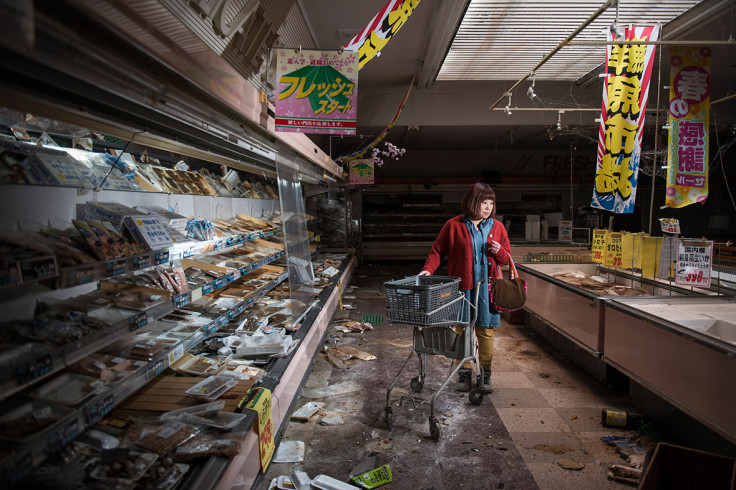
Carlos Ayesta and Guillaume Bression asked former residents from the Fukushima region, and in some cases, the actual owners of certain properties, to join them inside the no-go zone and open the doors to these ordinary, but now unfriendly, places. Facing the camera, they were asked to act as normally as possible, as if nothing had happened. The idea behind these almost surreal photographs was to combine the banal and the unusual. The fact of the historical nuclear accident gives these images a real plausibility. In the photo above, Midori Ito poses in an abandoned supermarket in Namie City inside the Fukushima no-go zone. In this area, nothing has changed since the disaster happened. The products stored in the supermarket have passed the date by sell for several years now. Ironically, a sign written in Japanese says: "Fresh products".
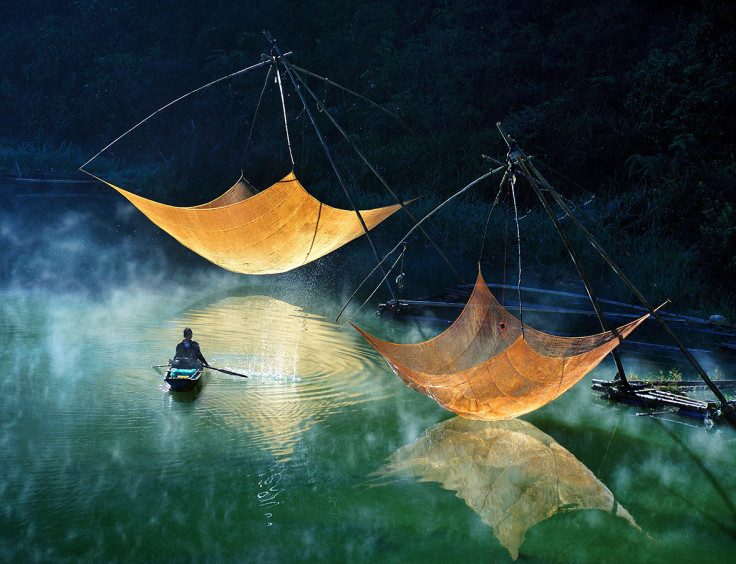
Hoang Long Ly photographed Fishermen checking their nets in Vietnam. The marine economy is one of the strongest sectors in Vietnam; it is targeted to reach 53-55% of GDP by 2020 and to comprise more than 60% of the country's export turnover.
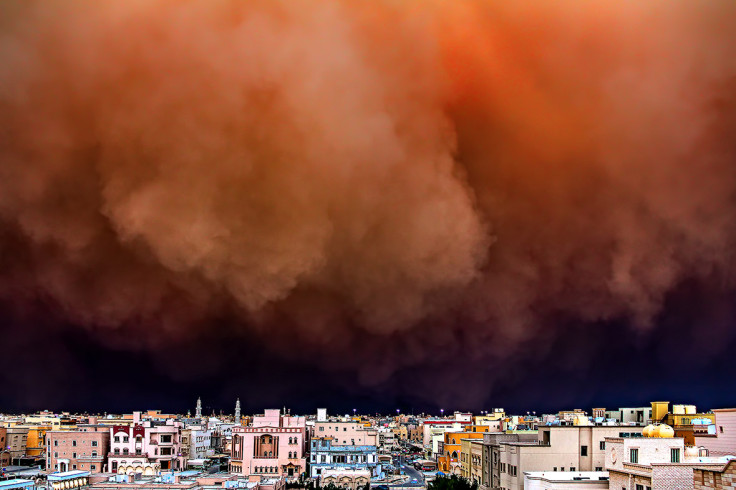
Rizalde Cayanan captured the moment, on Friday 25 March 2011, when a severe sandstorm very suddenly enveloped parts of Kuwait. It shut down Kuwait's International Airport and reduced visibility to less than 500 metres; in some areas, there was reportedly no visibility at all.
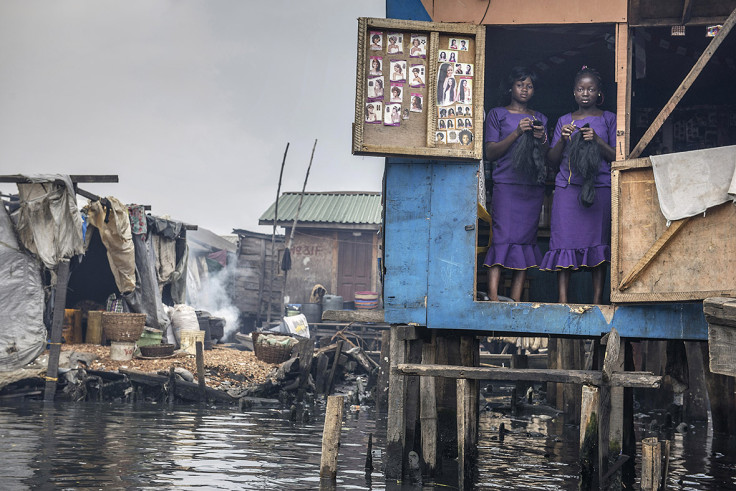
Petrut Calinescu photographed two women, dressed in purple and holding hair weaves, standing in the doorway of a hair and beauty salon, one of several such waterside establishments in Makoko, Nigeria. They are usually very busy on Sunday, when the women of the local community are preparing for church.
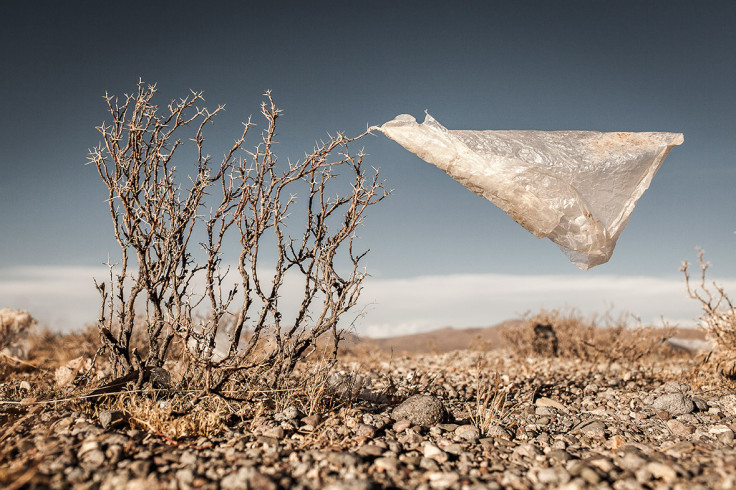
Plastic bags are part of the landscape in the Bolivian Altiplano, so Eduardo Leal decided to capture one caught on a thorn. The accumulation of plastic bags on the environment cause deterioration of the landscapes and agriculture soils and it is associated with the death of domestic and wild animals. The world consumes over one million plastic bags every minute.
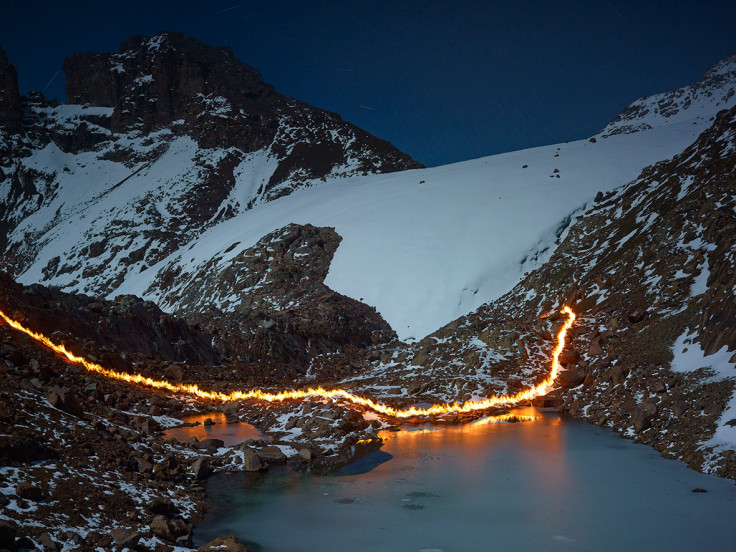
Climate change and the melting of Lewis Glacier, Mount Kenya, from a series by Simon Norfolk entitled When I Am Laid In Earth. The flame line shows the Lewis Glacier's location in 1987. The glacier has receded about 120 meters. In 1987 the Curling Pond's surface was 15 meters higher than presently and the back wall was a tall wall of ice, the glacier's snout. The fire is made from petroleum. The photographer insists that his images contain no evidence that the glacier's retreat is due to man-made warming (glaciers can retreat when they do not get sufficient snow, or if the cloud-cover thins, for example), but it is nonetheless his belief that humans burning hydrocarbons are substantially to blame.

Glyn Thomas's stark image shows the abandoned village of Geamana in the Apuseni Mountains in Romania − a village that was deliberately abandoned and flooded to form a tailings pond for a vast copper mine. As many as 400 families were evacuated and the village flooded to create an area for the toxic waste from the nearby copper mine at Rosia Poieni to run. The church tower and a few houses are all that remain, engulfed in contaminated sludge.
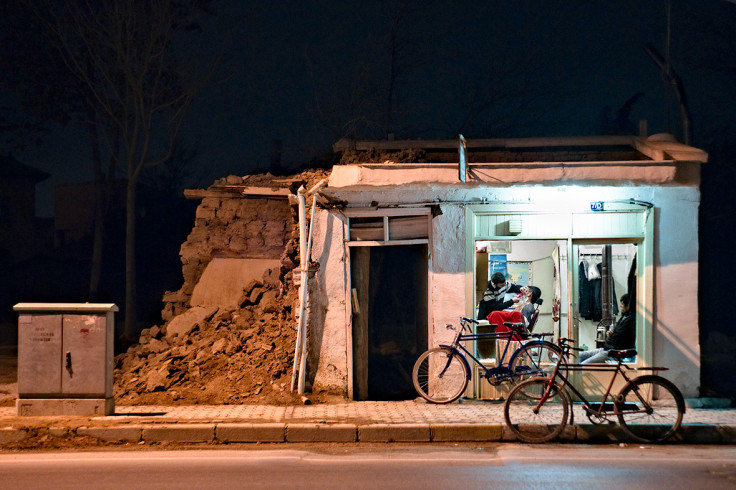
A lone barber shop stands in Konya, Turkey, with its electricity supply still working. Konya is best known as a busy university city, and an economic boom town. But Hayri Kodal's photograph tells a somewhat different story.

The anatomy of forest micro-biomes consists of an intricate web of organisms with highly complex relationships, interactions and elements. Matthew Cicanese's photographic series illuminates the beauty of various micro-biota that reside on the forest floor. Earth's biodiversity is being snuffed out by the exponential growth of the human population. It is the photographer's goal as an environmental documentary artist to photograph these miniscule lifeforms in a way that voices the splendour and magnificence of their existence and promotes the conservation of ecosystems and biodiversity.
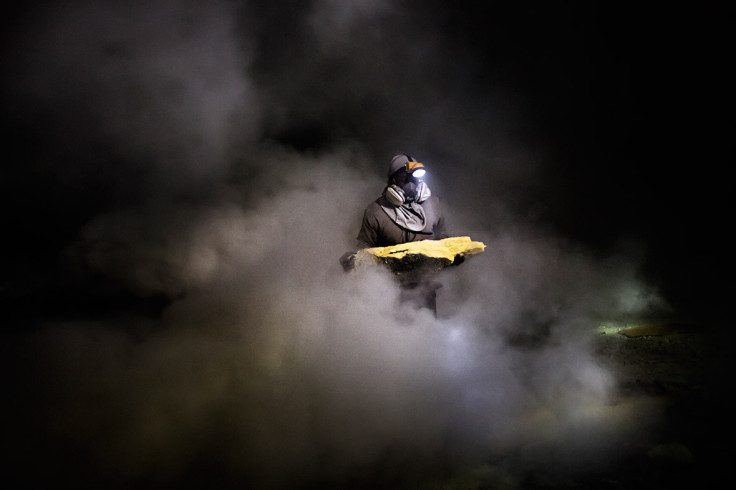
Inside the womb of the Ijen Kawah volcano, in Eastern Java, Indonesia, the miners go deep in search of the Devil's gold, as sulphur has always been known. Luca Catalano Gonzaga photographs lpan, 27, a sulphur miner of 10 years as he looks for sulphur slabs under the toxic fumes.
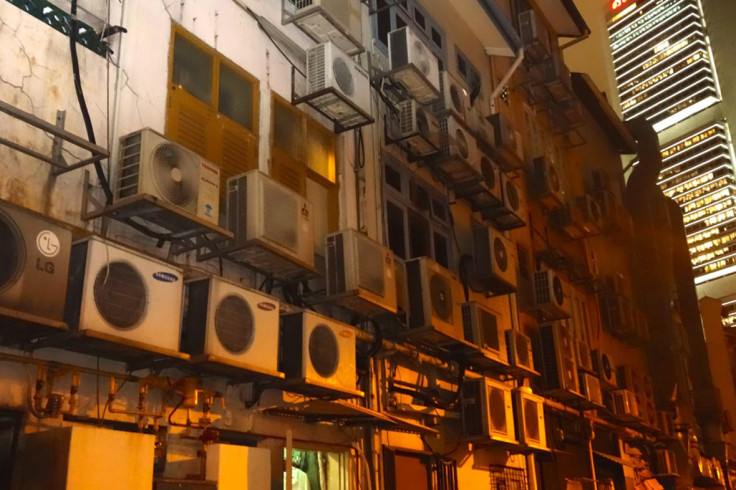
Quote from the 10-year-old photographer Jack Bosher: "I took this picture in the alley behind Boat Quay in Singapore where there are lots of restaurants and bars. They all have air-conditioning units, even though all the windows and doors are kept open. I think it's a waste of energy and bad for the environment."
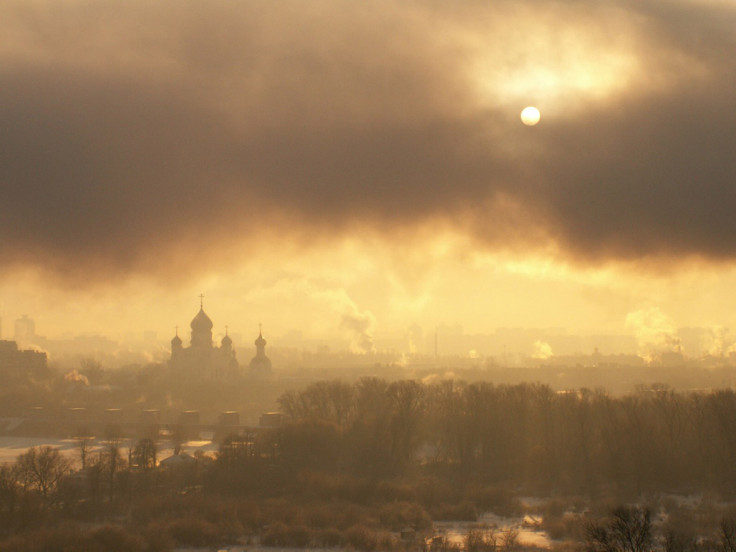
Elena Barantseva captured the moment mist shrouded the view of the Nikolo-Perervinski monastery with Cathedral of Our Lady of Iver (built in 1904-1908) and southern districts of Moscow (Pechatniki and Lyublino).
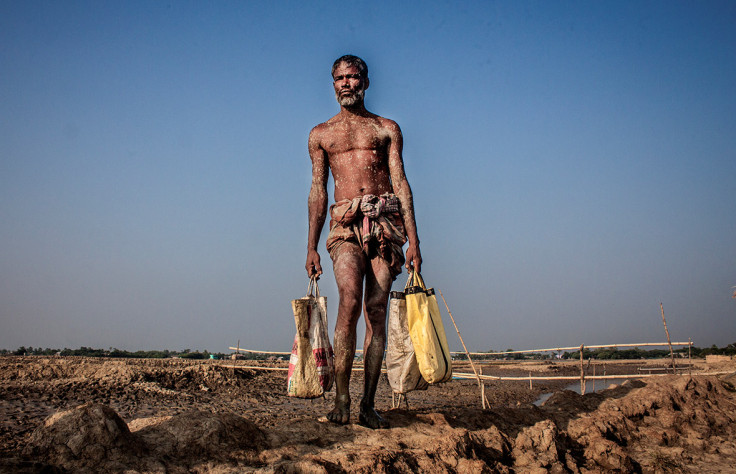
This man has a huge area of land capable of being farmed productively. The severe cyclonic storm Aila hit the west Bengal coast, west of the Bangladesh border, on 25 May 2009. It caused a storm surge of 2-3 meters above tide levels along the west Bengal and Bangladesh coasts, with severe devastation to these areas. His land was waterlogged and is no longer arable due to the high salinity of soil and water. Kazi Riasat Alve photographed him collecting crabs to sell at the market, the way he now supports his family.
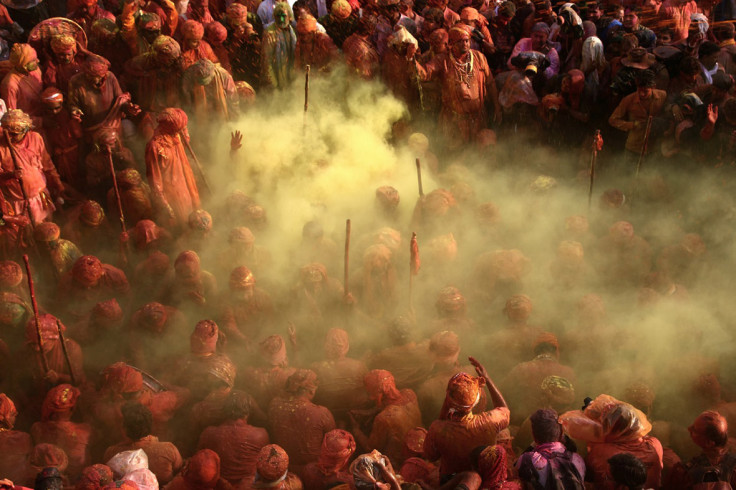
Holi is the Hindi festival of colours, signifying the victory of good over evil. Arnab Adak captures the dusty hue produced when people celebrate Holi in India with a coloured powder called Gulal that contains harmful substances that can cause skin problems, asthma or even temporary blindness.
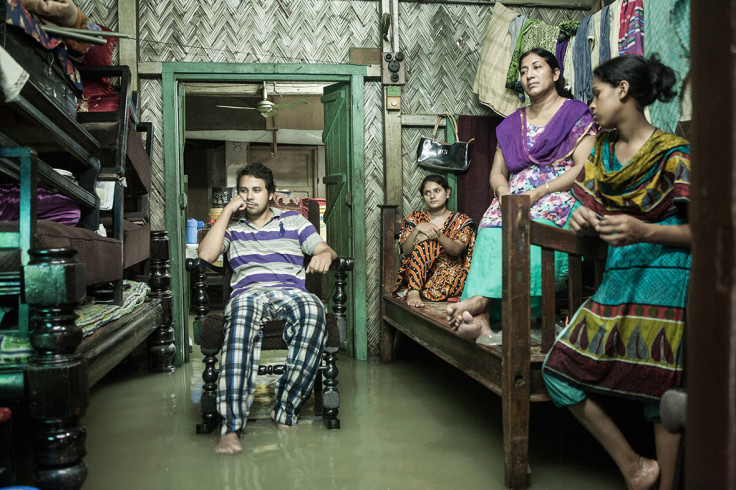
Jashim Salam photographs a family watching TV as they wait for water to recede during a tidal flood in Chittagong, Bangladesh. In the past few years, tidal surge – sea levels rising significantly – has begun to affect the city, resulting in frequent flooding of residential and business areas.
A World Bank study that was released in June 2013 forecasts a 2C rise in the world's average temperature in the next decades. Flood-affected areas could increase by as much as 29% for a 2.5C temperature rise in Bangladesh, says the report. Considering the present warming trends, the report warns that even 20 to 30 years from now shifting rain patterns could leave some areas of the country underwater. If the sea level rises 65cm in 2080, around 40% of arable land will be lost in southern Bangladesh. The report notes about 20 million people in the coastal areas are affected by salinity and will be climate refugees. Chittagong is often regarded as the commercial and industrial capital of Bangladesh. If things continue to worsen, most of Chittagong could become completely submerged in the near future and millions will be climate refugees.
© Copyright IBTimes 2025. All rights reserved.






















